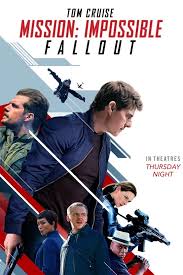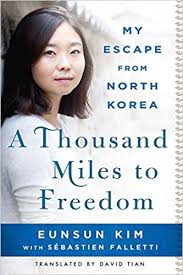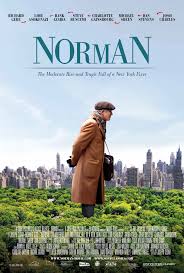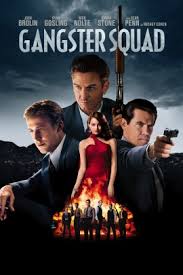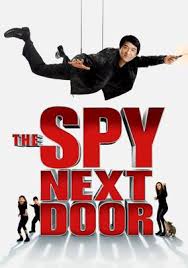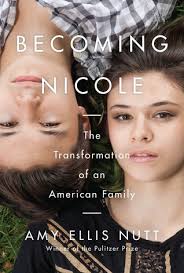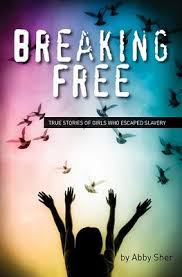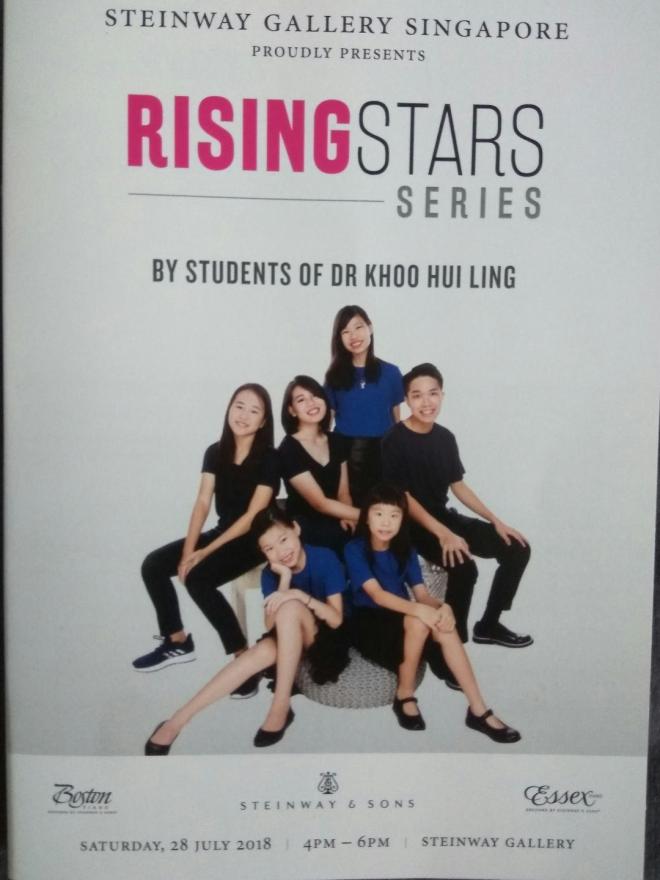
When I found out about this performance a couple of weeks ago, I was very excited.
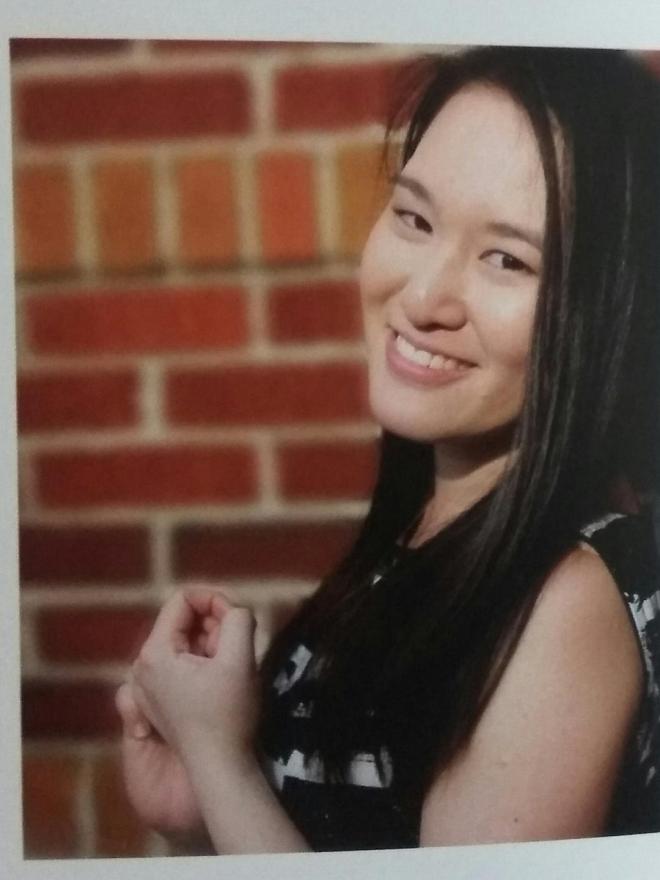
I had watched numerous performances by Hui Ling since she enrolled in the Yong Siew Toh Conservatory of Music (YSTCM) as a piano major. One of the most memorable performances was when she played Gershwin’s Concerto in F at the annual Conservatory Concerto competition, which she won.
Hui Ling went on to study piano at the Peabody Conservatory of Music and then the University of Oregon, where she obtained her Doctorate in Piano Performance in 2016. She is now an adjunct lecturer at YSTCM and teaches the Higher Music Programme (HEP) at the Nanyang Girls’ High School (NGHS) and runs a private piano studio. Today’s six performers are from her private studio.
After a short welcoming speech by Benjamin Shaw, the Assistant Manager of Steinway Gallery who organises the Rising Star Series, Hui Ling took to the stage to introduce the day’s programme, titled ‘Of Myths and Legends’. It is titled such because music always tells a story, like how we communicate to the audience about the composer’s intentions and dreams.
The first performer Melody Li (aged 10), played Macdowell’s Shadow Dance op 39 No 8 (fireflies, represented by the high register and the fast and light tempo), Albeniz’s Asturias (Leyenda) from Suite Espanola (a legend about a camel and women, with traces of flamenco music) and Debussy’s Golliwogg’s Cakewalk from Children’s Corner Suite (a story of Golliwogg dancing and sneaking into a house to steal cookies unsuccessfully but not caught and dances out of the house). Melody also writes poetry and plays the violin. Coming from someone so young and petite, the very solid fingerwork and high degree of accuracy, coupled with the energy and verve displayed in her performance is impressive, to say the least. She will be making her Carnegie Hall debut in October this year.
The next two performers are sisters Claris (10 years old) and Crystal (12), who brought along their laminated water-colour paintings that depict the pieces they play:
Claris played Chopin’s Prelude in B Minor Op 28 No 6 (a lone paper boat on a quiet and calm sea depicting Chopin’s struggles) and Debussy’s Passepied from Suite Bergamasque (two dancers with exquisite footwork represented by the staccatos and the LH melody). I was most impressed by her exquisite pedaling and her total immersion into the music.The announcement that she won the Platinum Award at the Singapore Performers Festival came as no surprise.
Crystal played Schumann’s The Prophet Bird from Waldszenen op 82 (about a lone bird that came upon a blood-sucking flower held by an enigmatic lady deep in a forest) and Chopin’s Etude in C-sharp Minor Op 10 No 4 (a ferocious picture of strong waves that conjures a brewing storm as depicted by the music, nicknamed the “Torrent” etude). These are profound works and it is amazing that such a young girl could execute the technical demands and challenges so well that she appears to be enjoying herself and not stressed. Art clearly flows through the veins of these sisters.
Victoria Yong is a young lady who is preparing for her ‘A’ levels this year, and she reminds me of Yuja Wang (from her dressing to her playing). Her Les rappel des oiseaux by Rameau is a programmatic piece. The call-and-response between the birds are depicted by the trills and quick-running notes. Her Excursions Op 20 1st and 4th Movements by Barber is really good. My liking for anything jazzy and syncopated aside, I really enjoyed Victoria’s solid fingerwork with the right amount of energy balanced by a gentle touch in passages that are not written as percussive (such as repeated chords in the LH ostinato). I’m sure she’ll get a distinction in her coming ‘A’ level Music Elective.
14-year-old Loi Yi Xuan, from NGHS’s HEP plays Haydn’s Sonata in C Major, Hob XVI: 50, 1st Movement (a piece I only learnt when I was doing my Piano Teaching diploma and which Lang Lang chose to include in the programme for his debut concert at Carnegie Hall), Chopin’s Etude in A-flat Major Op 25 No 1 “Aeolian harp” (which I would not even attempt to play but is among my favourite recordings by Lang Lang) and Tchaikovsky’s Dumka Op 59 (another favourite of mine and which is extremely challenging to play). Her playing is so good that my jaws drop and I can’t find words to describe it. I’m sure she makes her teacher, her family and all who know her very proud. She took part in the Golden Classical Award and was placed First in the Intermediate category and will be making her debut at Carnegie Hall in November this year.
Andren Koh is currently doing his National Service. Knowing what National Service is like, I’m full of admiration for him: how did he find time to practise, and at this level? Ondine, from Preludes Book 2 No 8 by Debussy describes a mischievous water spirit (with the sweeping arpeggios representing splashes of water) with a seductive side that becomes intense (the harmonies and shift in dynamics); Scriabin’s Sonata no 4 in F-sharp Major Op 30 describes man’s longing and desire to reach out for the distant star; it is slow and dreamy, with no break before the 2nd movement which is fantasy turning into reality. The sense of flight can be heard in the leaps, melody and constantly driving momentum, personifying constant yearning. I look forward to more of Andren’s performances when he enrolls at the YSTCM next month.
The final piece is a duet by Victoria and Andren. Their Sonata for 4 hands, 1st movement by Poulenc is wonderful; a real aural and visual treat.
It has been an entirely enjoyable afternoon. It’s is commendable that Steinway Gallery organises the Rising Star Series on a monthly basis to provide a platform for young musicians to showcase their craft. It is a unique musical set up to identify and nurture a vibrant music community. I only wish I am able to attend them more often.
